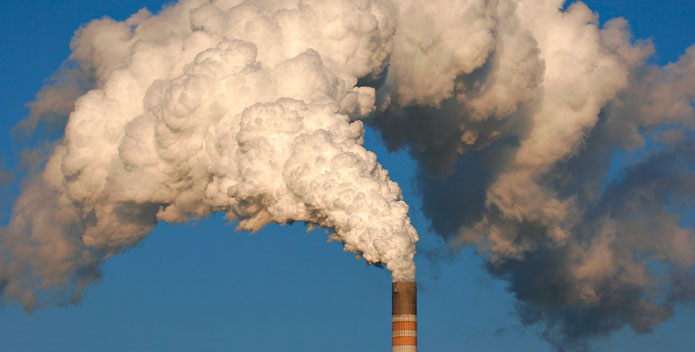Today EPA chief Scott Pruitt signed a measure to rescind the Clean Power Plan, former EPA Administrator Gina McCarthy's 2015 plan to reduce greenhouse gas emissions from coal-fired power plants, without proposing a substitute rule. Rescinding the Clean Power Plan could have lasting implications on the health of the Chesapeake Bay and the success of the Chesapeake Clean Water Blueprint.
The Clean Power Plan ("CPP") is a vital component for clean air in the Chesapeake Bay watershed. The regulations in the CPP are designed to curb the emission of greenhouse gases (carbon dioxide, nitrogen oxides (NOx), methane, and hydrofluorocarbons). These pollutants are emitted in massive quantities by coal-fired power plants and have led to the warming of our planet causing acidification of ocean water, climate change, and sea level rise.
Sea level rise causes flooding and destruction of wetlands or "sponges" for nutrients like nitrogen in polluted runoff. Some of these pollutants directly cause adverse health conditions for children, the elderly and those with chronic asthma and bronchitis.
Ignoring the impacts of climate change is short-sighted and will damage the health of the Chesapeake Bay. Acidification of the Bay will harm oysters and other shellfish. The Bay's trophy rockfish are struggling to find oxygen as the water gets hotter. Warmer waters stress species like soft shelled clams and eelgrass, potentially eliminating them entirely from the Chesapeake Bay. Sea-level rise is threatening low-lying lands like Tangier Island and flooding coastal marshes essential for the retention of polluted runoff and excess nutrients like nitrogen.
In addition to reducing the impacts of climate change and to human health, implementation of the CPP would help meet nitrogen reductions, a key to the success of the Chesapeake Clean Water Blueprint. Nitrogen from air pollution (fossil fuel combustion—NOx and livestock manure—ammonia) is the largest source of nitrogen pollution to the Chesapeake Bay. Without sufficient air pollution control regulations, like the CPP, it will be extremely difficult for EPA and the states to meet the reductions set forth in the Blueprint to restore the Bay and its rivers and streams.
The air pollution reductions we would get from the Clean Power Plan would go a long way to improving the health of people living in the Bay Region—including children, the elderly, and the poor—as well as meeting the nitrogen reductions set in the Chesapeake Clean Water Blueprint to restore the Bay and its rivers and streams.
—CBF's Vice President for Litigation Jon Mueller



